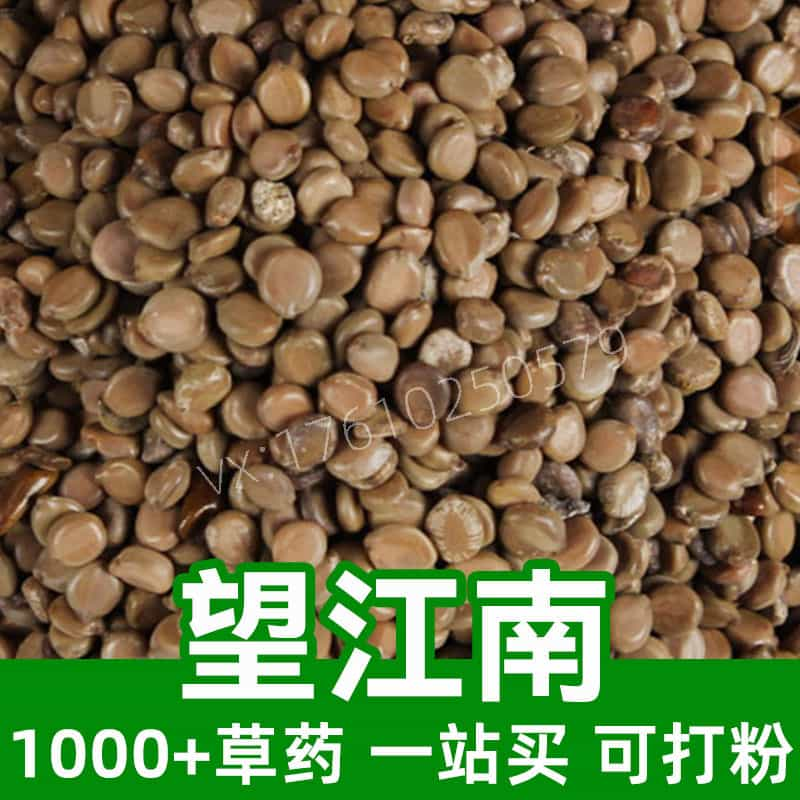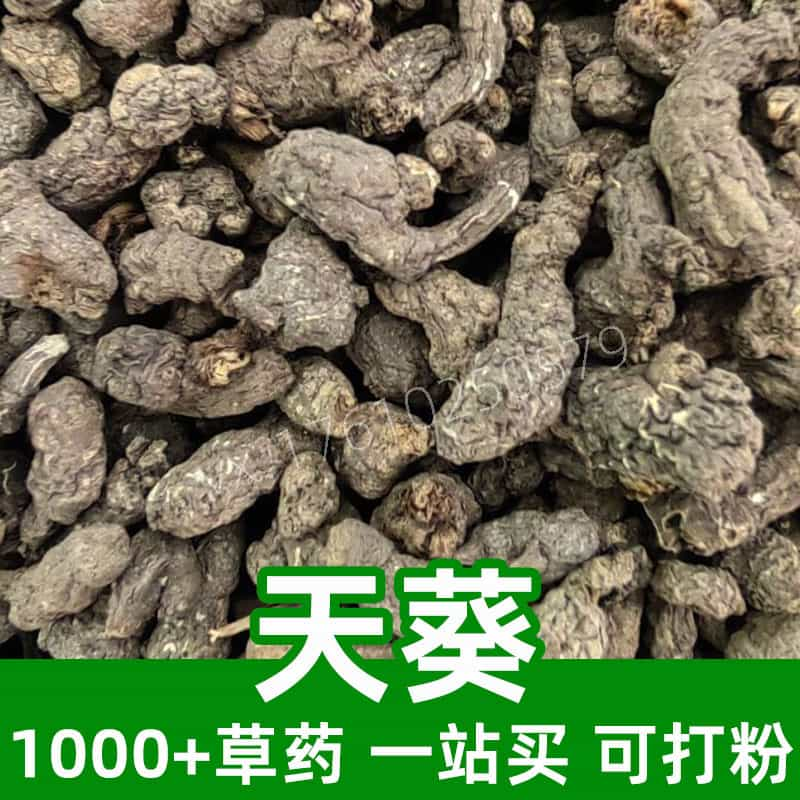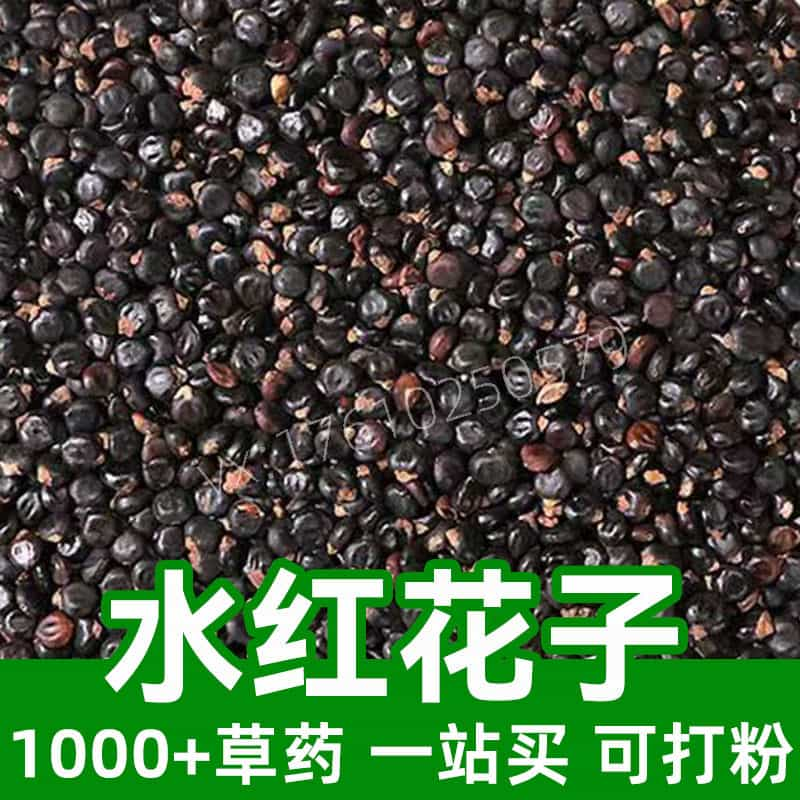Product Introduction
Chinese Trumpetcreeper Flower, or Campsis grandiflora, is an elegant flowering plant native to East Asia, known predominantly for its striking orange-red blossoms. This plant has been cherished not only for its ornamental beauty but also for its extensive use in traditional Chinese herbal medicine. The flowers are harvested primarily during their blooming season, typically in the summer months, and are revered for their range of beneficial properties. In TCM, they are believed to nourish the liver and support various bodily functions, making them a valuable component of herbal remedies.
The flower contains a spectrum of active compounds, including flavonoids, which are known for their antioxidant properties, and polysaccharides that may play a role in immune support. Typically, the dried flowers can be infused in hot water to prepare herbal teas, incorporated into soups, or included in various TCM formulations. Beyond its traditional uses, Chinese Trumpetcreeper Flower is still widely appreciated for its color and fragrance in garden settings, maintaining its dual relevance in both horticultural and medicinal contexts.
Main Active Ingredients
The Chinese Trumpetcreeper Flower is celebrated for a number of key active ingredients that contribute to its status in traditional medicine. One of the most important constituents is flavonoids, a class of compounds that are well-known for their antioxidant properties. These compounds may help neutralize free radicals, thereby protecting cells from oxidative stress.
Another significant group of bioactive compounds are alkaloids, which are organic compounds that often have pharmacological effects. In traditional applications, these components are believed to contribute to the overall wellness promoted by the flower.
Moreover, polysaccharides found within these flowers play a role in modulating immune response, suggesting that the flower can support the body's defenses. These complex carbohydrates are instrumental in various biological processes, making them invaluable to herbal formulations.
Additionally, essential oils and other minor compounds found in the flower may possess anti-inflammatory properties, further enriching the therapeutic profile of this herb. Collectively, these compounds underline the significance of the Chinese Trumpetcreeper Flower in TCM and herbal practices, suggesting a multifaceted approach to health that integrates these active ingredients into daily use.
Product Application Scenarios, Usage, and Dosage
Chinese Trumpetcreeper Flower is versatile in its applications, functioning as both an herbal remedy and a culinary ingredient. In traditional Chinese medicine, the flowers are frequently used in herbal teas that are prepared by infusing dried petals in hot water. This infusion can serve as a refreshing beverage that may support liver function and provide essential nutrients.
For culinary use, the flowers can be added to soups, salads, or stir-fries, offering not only a burst of color but also mild sweetness that enhances various dishes. The traditional dosage typically recommended is around 10 to 15 grams of dried flowers per day when prepared as an infusion, but the specific amount can vary based on individual needs and recommendations from herbal practitioners.
In some TCM formulations, Chinese Trumpetcreeper Flower may appear as a complementary ingredient that synergizes with other herbs to target particular health objectives. It is crucial, however, for users to consult with qualified health professionals or TCM practitioners to tailor dosages according to personal health conditions and requirements.
Introduction to the Source Plant, Distribution, and Growth Environment
The Chinese Trumpetcreeper, scientifically known as Campsis grandiflora, is a climbing vine that belongs to the Bignoniaceae family. It is native to regions of East Asia, primarily found in China, Taiwan, and Korea. Known for its impressive growth, it can reach impressive heights and often thrives in a variety of environments from subtropical to temperate climates.
This plant flourishes in soils that are well-drained and rich in organic material, preferring full sun to partial shade. Its ability to adapt makes it a popular choice for gardeners looking to add vertical elements to landscapes, as it is often used in trellises, fences, and arbors to create striking floral displays during the warmer months.
In its natural habitat, the Chinese Trumpetcreeper blooms in late spring to early summer, producing large clusters of trumpet-shaped flowers that attract various pollinators, including bees and hummingbirds. Its growth habit and stunning flowers make it a beloved ornamental plant, while its medicinal uses have been recognized for centuries in traditional herbal medicine practices.
Harvesting, Processing, and Storage
The harvesting of Chinese Trumpetcreeper Flowers generally occurs during their peak blooming season in the summer, when the flowers are fully open and vibrant. It is essential to pick the flowers when they are fresh, as this ensures maximum potency and efficacy of the beneficial compounds contained within them. Care should be taken to avoid damaging the plant, as it is a perennial vine that will continue to produce blooms every year.
Once harvested, the flowers should be carefully dried in a well-ventilated area, away from direct sunlight to preserve their color and active ingredients. This drying process is crucial since it inhibits the growth of mold and preserves the herbal properties of the flowers for later use.
After the drying process, the flowers should be stored in airtight containers, ideally glass or dark plastic, to prevent moisture and light from degrading their quality. They should be kept in a cool, dry place to extend their shelf life, allowing users to enjoy the herbal benefits for months or even years after harvesting.
Maintaining optimal storage conditions ensures that the vibrant qualities and health-promoting properties of Chinese Trumpetcreeper Flowers remain effective, making them ready for use in both medicinal and culinary applications.
Monica Sun is a seasoned expert in the natural raw materials industry, with over a decade of experience specializing in traditional Chinese medicinal herbs, spices, and fungi. She is skilled in the sourcing, processing, and application of these materials, emphasizing sustainability and innovation. Monica Sun has contributed to the development of high-quality natural raw materials that serve as essential components in functional foods, pharmaceuticals, and cosmetics, delivering tailored solutions to meet diverse market needs.














